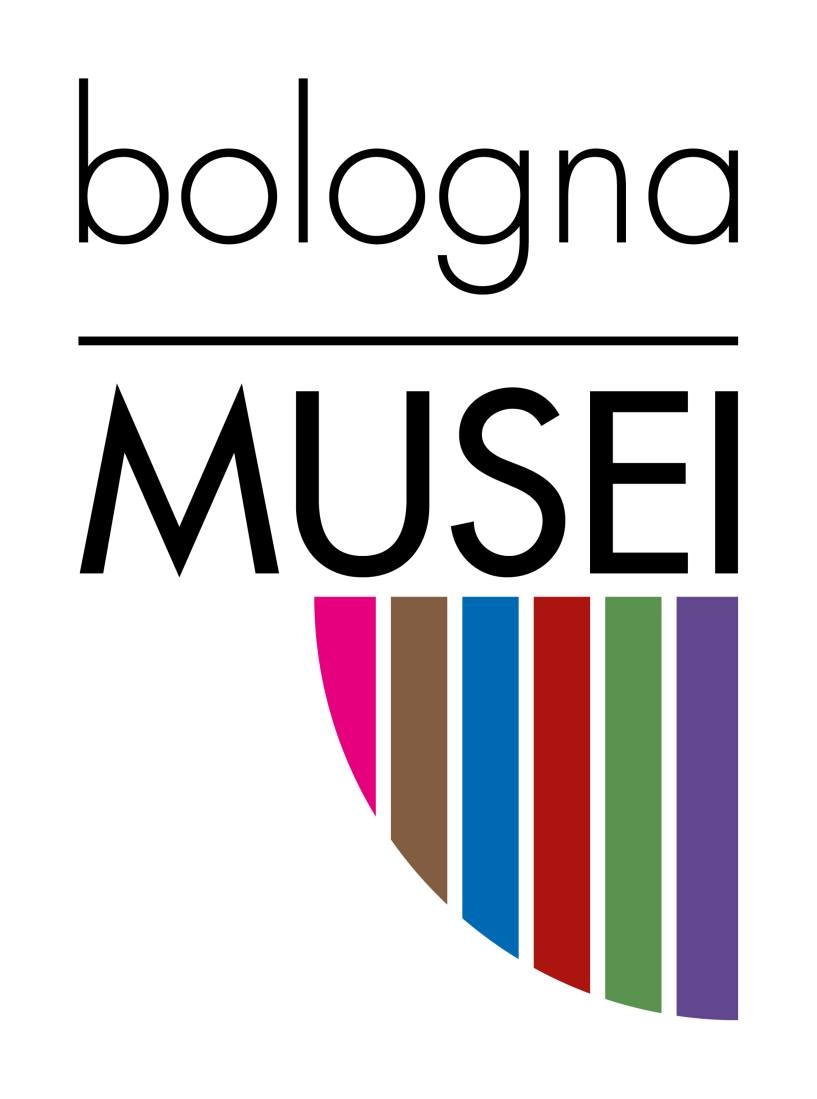Discover the Etruscans
Updated on 04 March 2020 From Musei Civici Bologna
The museums of Bologna and the bordering provinces still bear important evidence of its long Etruscan past between the 9th and 4th century B.C. Follow this itinerary among the most important museums and archaeological sites, in the city or afield, to rediscover the hidden traces of the Padanian Etruria!
The Archaeological Museum is the first important stage of this journey back in time to discover the Etruscan Bologna; here you can retrace the city’s history from the dawn of the 9th century B.C. until the arrival of the Celts in the 4th century B.C.
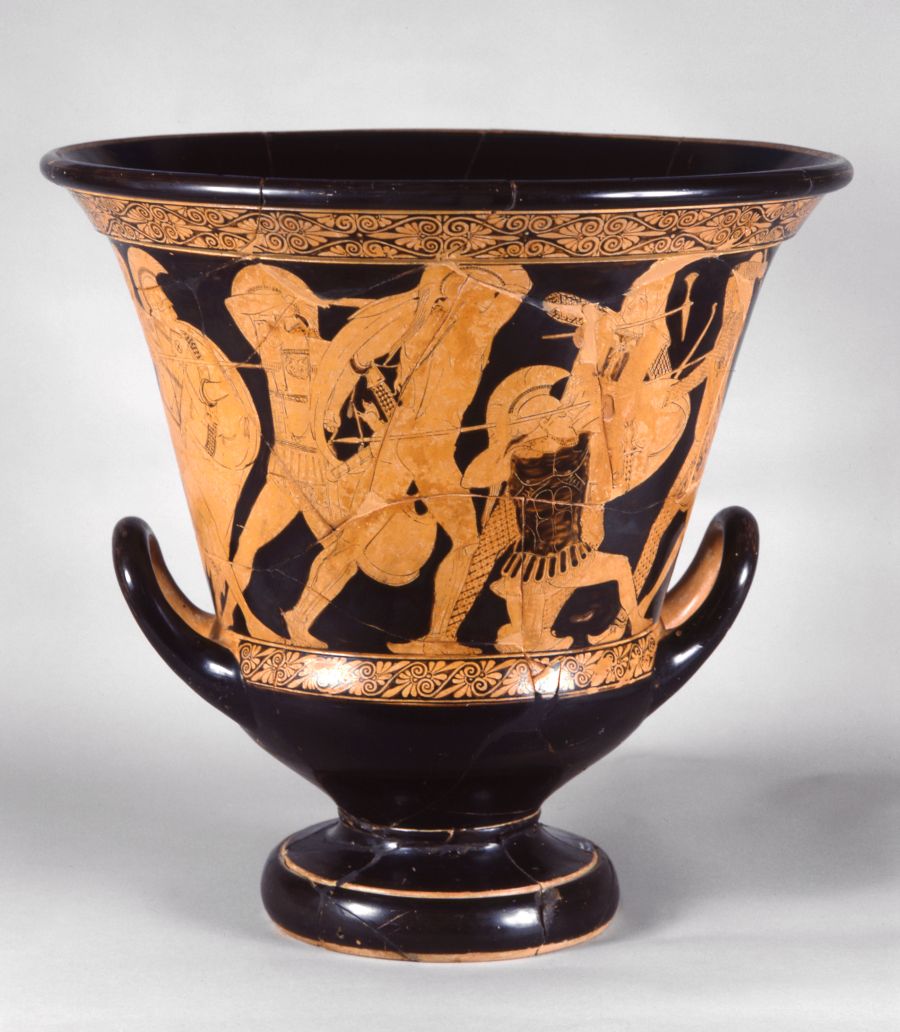
Not far from the Civic Archaeological Museum, you can continue your adventure in search of the Etruscans by visiting the Museum of the History of Bologna. In its halls, the combination of archaeological evidence, together with the latest technologies in multimedia equipment and compelling reconstructions, will enable you to stroll along the revived streets of the ancient Bologna.
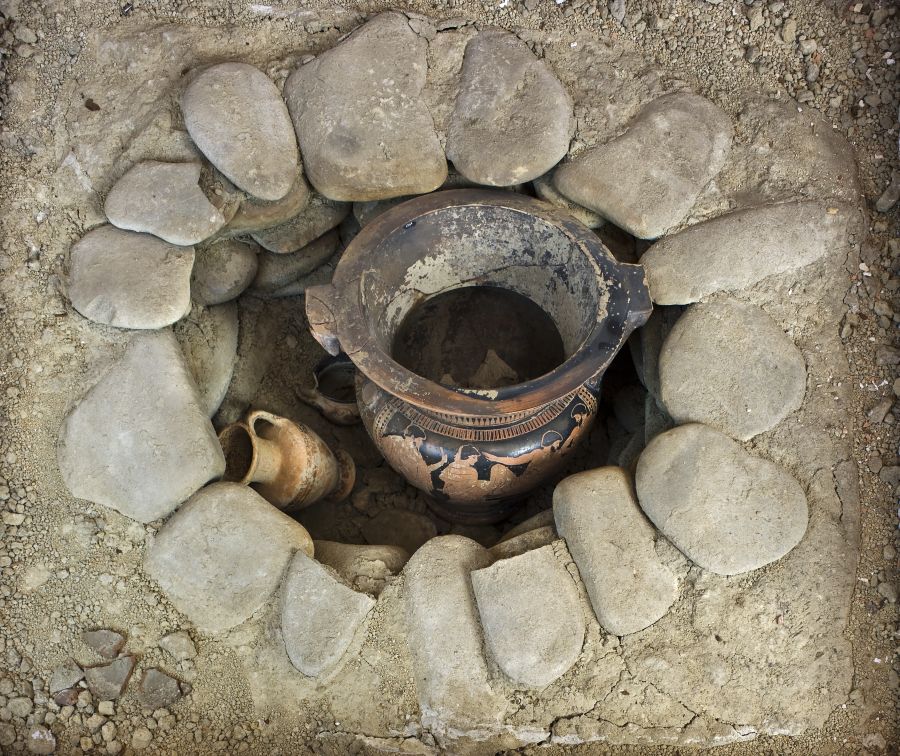
The Giardini Margherita park, located just outside the city walls, is the city’s green heart. In 1876, an Etruscan bronze container was discovered right here. Since this first finding, a lot of excavation campaigns have been carried out, finally bringing to light over 230 graves.
Moreover, in 1869, inside Certosa, the city’s monumental cemetery, an Etruscan vase and the remains of over 400 graves, datable to the end of 6th and the beginning of 4th century, were unearthed during the restoration works of a nineteenth-century cloister (Chiostro delle Madonne). The founding father of Bolognese archaeology Antonio Zannoni, and the other important leading figure in the city’s excavations, Giovanni Gozzadini, are both buried here.
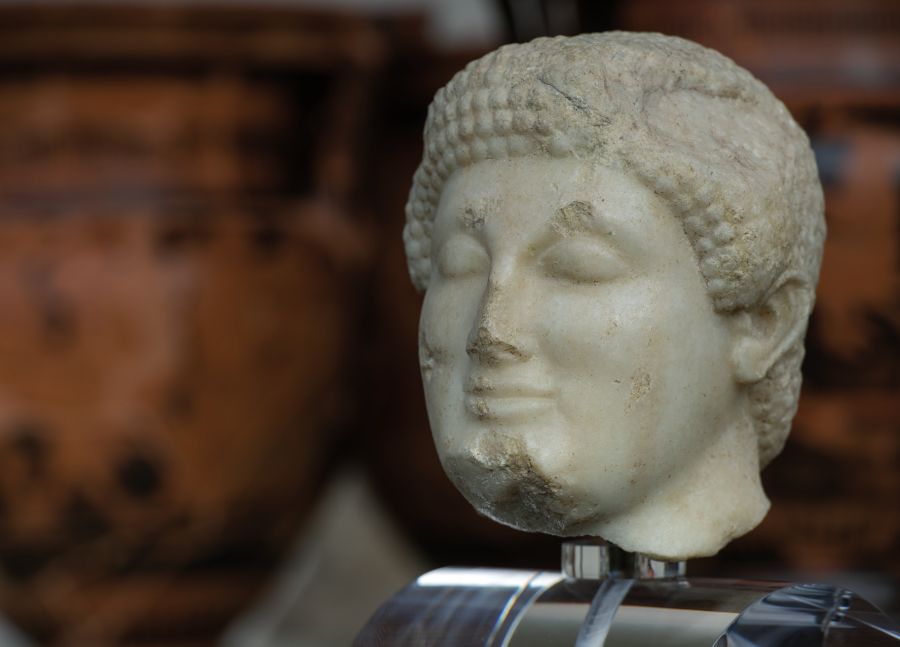
Moving to Castenaso, a small town outside Bologna, you can explore the MUV - Museum of Villanovan Civilization. Starting from 1853, thanks to the research activities of Count Gozzadini, the first remains were discovered; nowadays we refer to the initial phase of the Etruscan culture as “Villanovan Civilization”. Among the recovered objects, the most important ones are the funerary columns, such as the “Stele delle Spade” (Swords Stele), characterized by a complex low relief decoration.
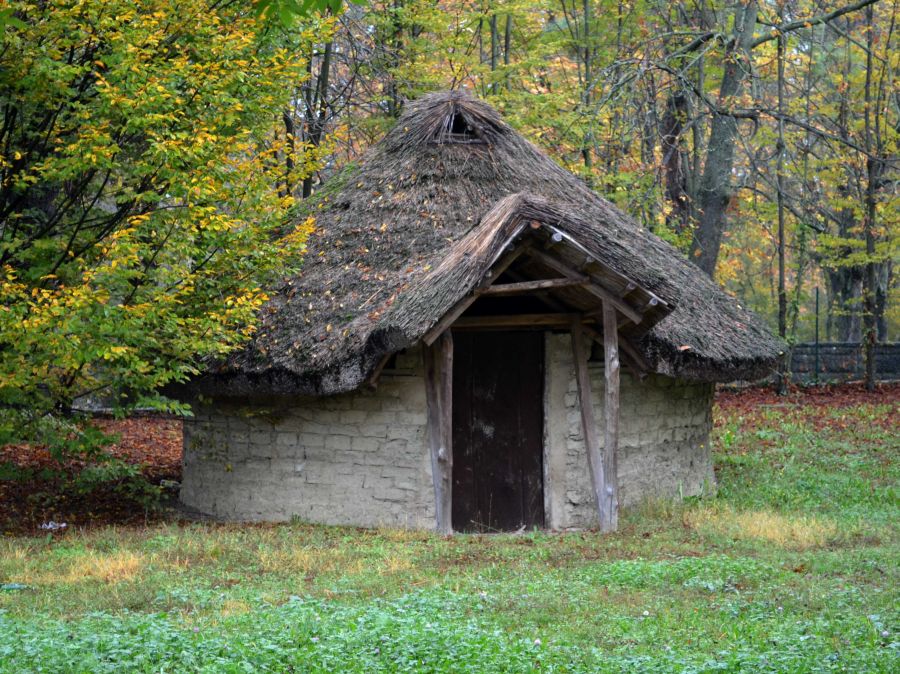
In the middle of the Apennines, the town of Marzabotto hosts the “Pompeo Aria” National Etruscan Museum, a fundamental reference point for Etruscan archaeology. You can visit the archaeological site and enjoy a walk along the ancient streets of an authentic Etruscan city, built and planned according to the rules of Greek urbanism, testament to the close relationship existing between the two civilizations, geographically distant but culturally alike.
Finally, at the Luigi Fantini Archaeological Museum and the archaeological park of Monte Bibele, you can discover the significant remains of the town and the necropolis of Monte Bibele, an unassailable cornerstone for the study of the Celtic presence in Italy, and important proof of the relationships between this population and the local Etruscans.
Source: texts by Federica Guidi for the Archaeological Museum of Bologna. Download the brochure "Cycle route in the footsteps of Etruscans" here
